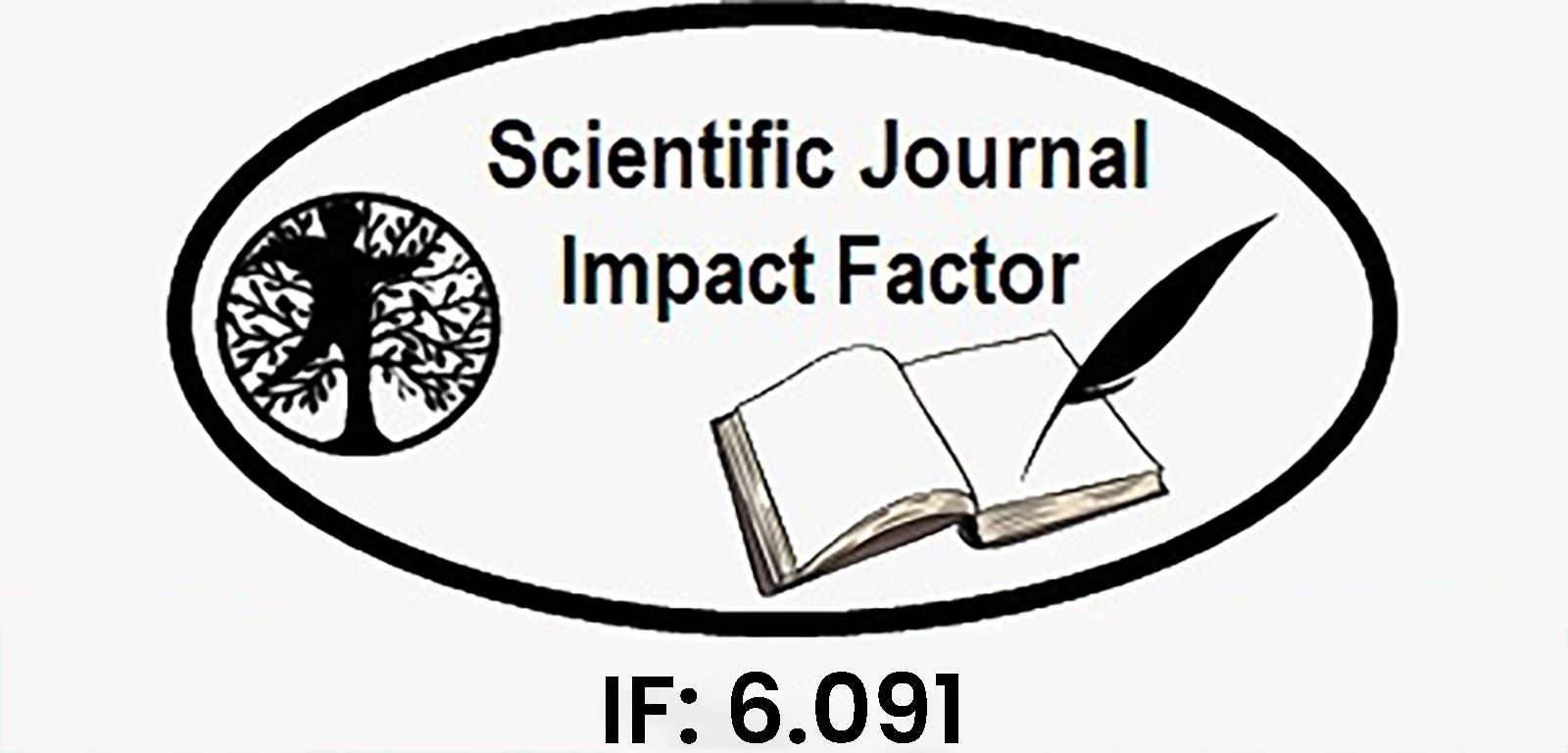Detection of Cyber bullying on Social Media Using Machine Learning
Keywords:
NLP and ML, model's accuracy, cyberbullying, social media platforms, optimal strategy, three feature extraction techniquesAbstract
Teens and adults alike are not immune to the pervasive online scourge of cyberbullying. Problems like sadness and suicide have resulted from it. The need for content regulation on social media platforms is on the rise. This research takes a look at two types of cyberbullying—hate speech tweets from Twittter and comments based on personal attacks from Wikipedia forums—to create a model for detecting cyberbullying in text data using NLP and ML. In order to determine the optimal strategy, three feature extraction techniques and four classifiers were investigated. The model's accuracy for Tweet data is above 90% and for Wikipedia data it's over 80%. When it comes to interpersonal connection, social networking sites are second to none. Despite the fact that social media use has skyrocketed over the years, many still engage in harmful, immoral behavior on these platforms. Sometimes this occurs between young adults and other times it occurs between teenagers. One of the worst things they do is engage in cyberbullying. We have no way of knowing whether someone is speaking online for pleasure or if there is some ulterior motive behind their words.
Downloads
Downloads
Published
Issue
Section
License

This work is licensed under a Creative Commons Attribution-NonCommercial-NoDerivatives 4.0 International License.















